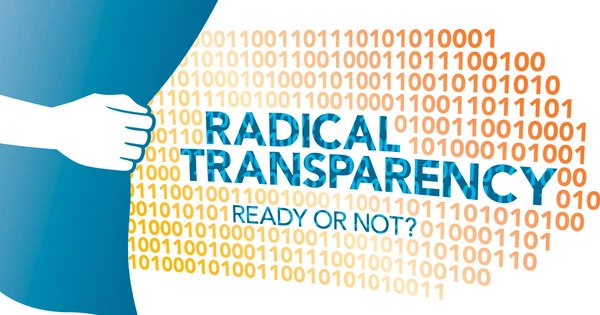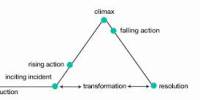Radical transparency is a term used in governance, politics, software design, and business to characterize actions and approaches that significantly improve the openness of organizational processes and data. It is a concept that advocates for extreme transparency and openness in different elements of an organization’s or individual’s operations, decision-making processes, and communication.
Its application was initially viewed as a method or conduct that takes advantage of copious networked information to gain access to previously confidential organizational process or outcome data. It is frequently related to the notion that openly exchanging information can lead to better trust, accountability, and efficiency.
Here are some key aspects and examples of radical transparency:
- Financial Transparency: This is a common example of radical transparency. It entails presenting specific financial details such as budgets, salaries, expenses, and revenue. Companies such as Buffer and Whole Foods are notable for their open salary structures, in which every employee’s salary is made public within the firm.
- Decision-Making Transparency: Decisions are made publicly and collaboratively in a radically transparent company, and the rationale for these decisions is disclosed to all stakeholders. Employees, consumers, and partners may gain greater knowledge and buy-in as a result.
- Open Communication: It promotes open and honest communication at all organizational levels. This includes communicating both accomplishments and failures, as well as continuous development and obstacles. Some startups, for example, distribute board meeting notes to all staff.
- Product and Service Transparency: Companies may disclose detailed information about their products and services, including ingredients, sourcing, and manufacturing processes. For example, food companies might provide information about the origin of ingredients and production methods.
- Data Transparency: Organizations that collect and use data can practice radical transparency in today’s data-driven world by being upfront about how they gather, store, and use data. They can also give people more control over their data.
Organizations can be open about their environmental and social effect by disclosing information regarding carbon emissions, sustainability initiatives, diversity, and social responsibility initiatives. Radical transparency is frequently seen in the software development sector in open-source projects, where the source code is freely available for anyone to examine, use, and contribute to. Such initiatives include the Linux operating system and Wikipedia.
Some political movements demand for more access to government papers, budgets, and decision-making processes in order to promote radical transparency in government. Transparency is not without its difficulties. While it can increase trust and responsibility, it can also provide information overload, privacy problems, and possible hazards, particularly in competitive industries. It is critical to strike the proper balance between transparency and confidentiality.
The level of openness chosen by an organization or individual is determined by their principles, aims, and the setting in which they operate. Some organizations embrace radical openness wholeheartedly, while others take a more traditional approach with less exposure.
















